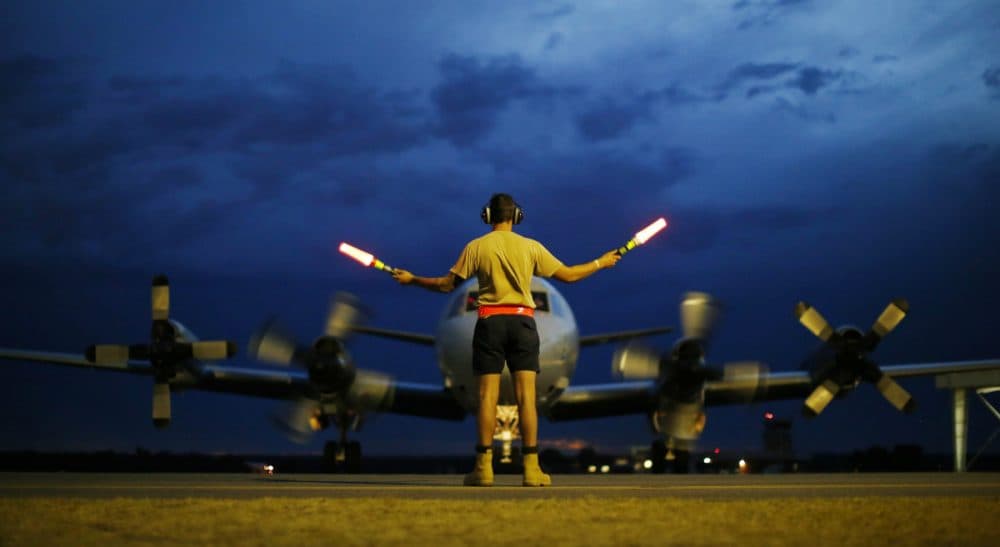Advertisement
Flight 370 And The Fear Of Flying

With the announcement from Malaysia's prime minister that Malaysia Airlines Flight 370 went down in the southern Indian Ocean, the questions will turn from "Where is it?" to "What happened?"
The flight's March 8 disappearance has captivated international attention — and spawned countless questions: Did terrorists hijack the plane? Was a bomb hidden in some baggage, or even in the shoes or underwear of a passenger? And perhaps the most pressing of all: How secure is airport security in general? Passengers everywhere are wondering, “How safe am I when I fly?"
Critics will point to this latest episode as one more example of how airport security is flawed — just “security theater” as security expert Bruce Schneier mockingly calls it. This criticism is fair, to a degree. Regardless of what happened on MH370, there certainly have been other cases in which weak airport security allowed hijackers or would-be bombers on planes.
But measuring airport security systems by how good they are at keeping bad guys off planes is too simple. Whether these systems are perfectly impenetrable isn't the only criteria by which to consider the larger question of how good are they at keeping the public safe.
government risk management must account for not only the immediate physical risk, but the very real dangers produced by how we feel about that risk.
Safety is a feeling, and even if these systems are imperfect, if they work well enough to reduce the risk of terrorism or hijacking, not to absolute zero but to the point where these events are rare, then they help more of the traveling public feel safe enough to fly, and that makes airport security far more than meaningless “theater.”
Remember the widespread fear of flying that followed the September 11th attacks? The number of people traveling by air went way down, and the number of people driving went way up. According to a study by economists at Cornell this “9/11 Effect” led to 1,033 extra deaths on the roads in America in just the first three months after the attacks, and as many as 2,170 additional road deaths over the following two years. To put that into context: the attacks themselves killed roughly 3,000 people — while the fear of flying that resulted killed nearly two thirds as many people.
This is an example of what I call the “Risk Perception Gap,” when we fear certain things more than the evidence warrants (flying, especially after a crash or hijacking), and other things less (driving). These misperceptions lead to risks all by themselves. The gap is a product of the inherently subjective, emotional nature of the psychology of risk perception, and it happens all the time. So government risk management must account for not only the immediate physical risk, but the very real dangers produced by how we feel about that risk.
Airport security has a role to play protecting us from both, and to the extent that it does a reasonable job reducing the risk of hijackings and airplane terrorism — even if there are occasional failures — it deserves credit for reducing the dangers that sometimes arise not from the bad guys themselves, but from our own fears.
Related:
